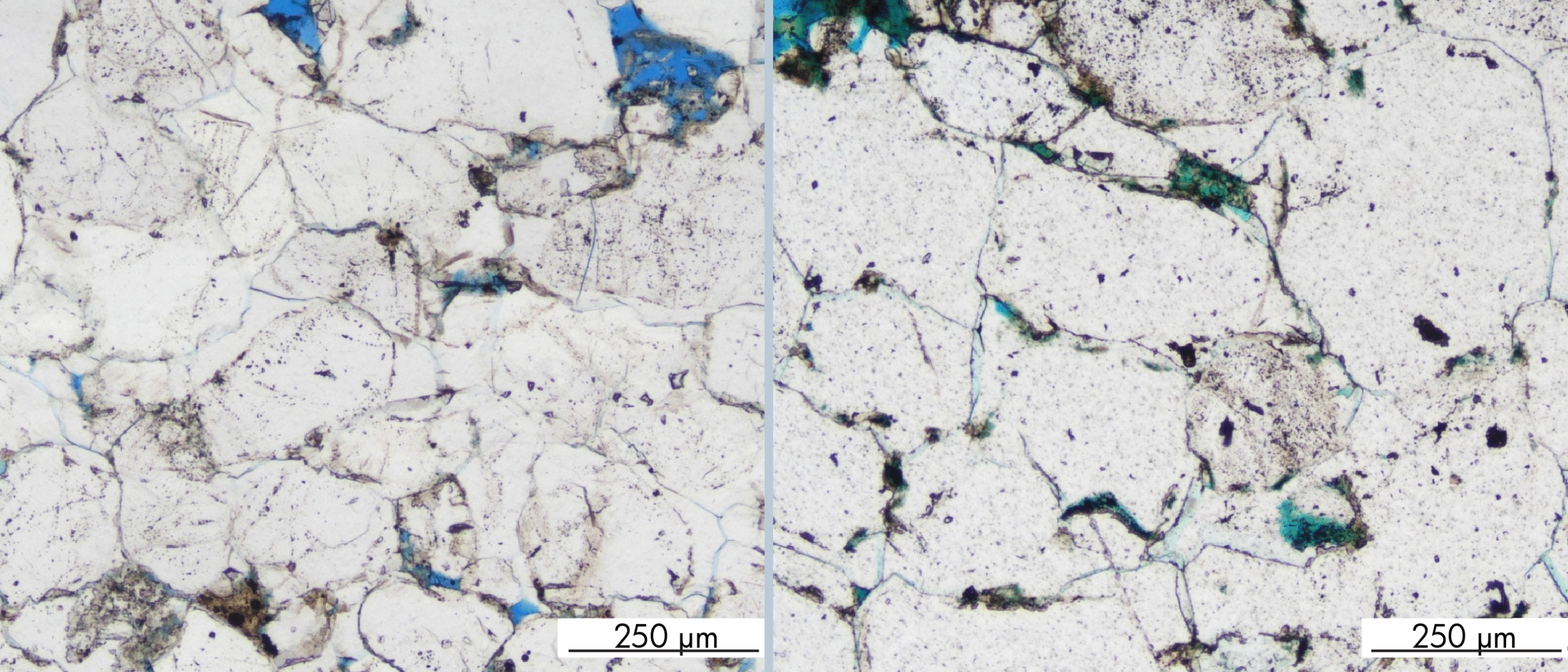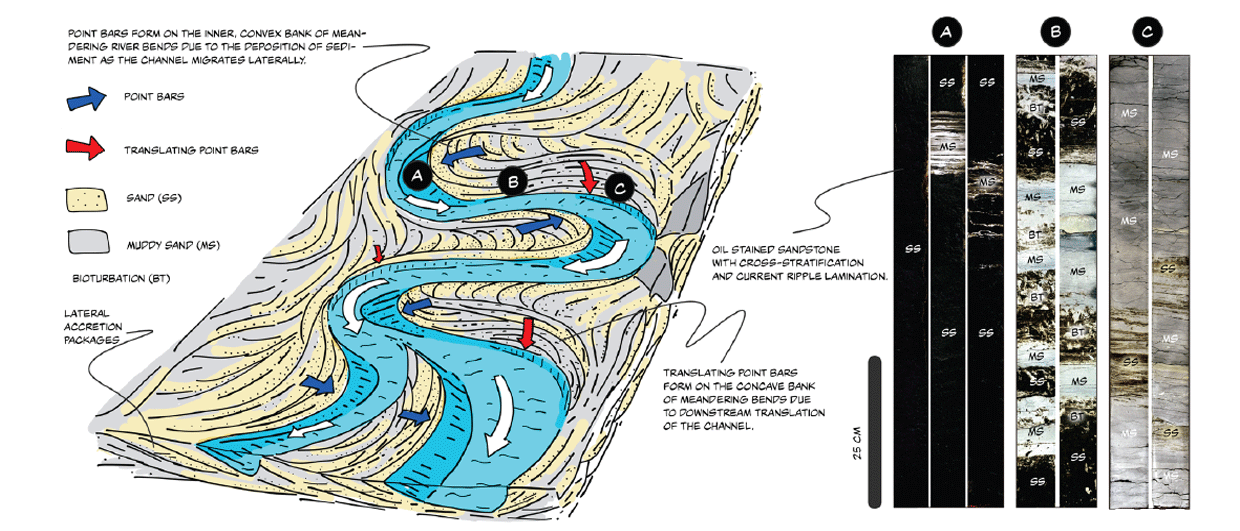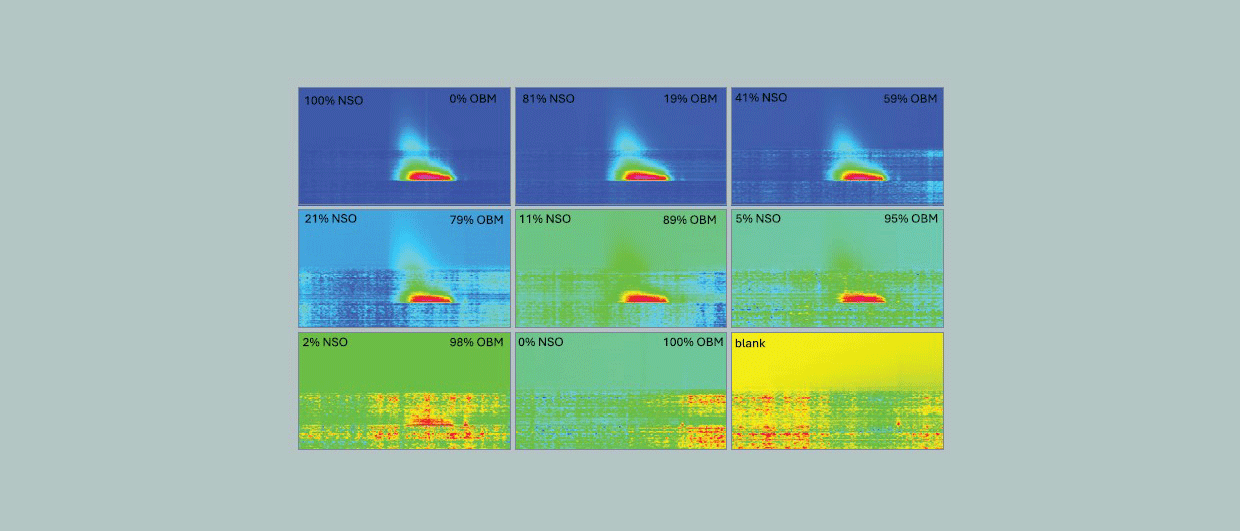It is all about timing. That is the main conclusion when reading a new paper recently published by Olav Walderhaug and Kristin Porten from Equinor.
The paper is mostly about the timing of albitization of plagioclase feldspars in sandstones, and the observation of oil inclusions within the newly formed minerals. However, the conclusions the authors draw also have interesting implications for the widely-held belief that oil charge stops further cementation of sandstones altogether. And it is the timing element that raises questions about this idea.
Through extensive analysis of thousands of samples, the authors have been able to show that albitization of plagioclase feldspars occurs in many reservoirs at a temperature of around 88° C. The fact that oil inclusions can be observed in these newly formed minerals also means that oil was already around in the reservoir when it reached this critical temperature, which is lower than many models predict.
In turn, when we assume that oil is indeed already in the reservoir when albitization is kicking off, we also know that quartz cementation is still in its initial stage at this temperature. Quartz overgrowth is generally assumed to reach its peak at temperatures of around 150° C, and quartz cement volumes rarely exceed 5 – 10 % at 100° C.
On that basis, if oil emplacement would indeed completely shut off all diagenetic reactions, it could be argued that one would not expect a significant level of quartz cementation in reservoirs with oil inclusions within diagenetically formed albite.
However, that is not what Walderhaug and Porten found. Instead, they describe deeply buried reservoirs with oil inclusions in albitized plagioclase to be just as quartz cemented as their water-saturated equivalents. It is therefore concluded that at least quartz cementation is a process that can still continue in reservoirs even when they are hydrocarbon-filled, challenging the concept that diagenesis is halted once oil enters a reservoir.
This is really not all that surprising as the reservoirs are still water-wet after oil filling with a water film covering the mineral grains. Assuming that early oil filling has prevented quartz cementation and preserved reservoir quality in very deep prospects therefore seems to be a rather optimistic approach.
But what about other diagenetic cements such as carbonates and illite, does oil-filling of the reservoir stop them as well? Regarding carbonate cements, they are mostly precipitated rather early in the burial history before quartz cementation starts, suggesting that they will mostly be in place before oil arrives. Illitization of kaolin, on the other hand, typically takes place at around 130° C, i.e., a long time after oil emplacement.
So, the conclusion appears to be that preservation of acceptable reservoir quality in very deeply buried sandstones will have to depend upon other factors than oil-filling. Factors such as grain coats on the quartz grains, lack of K-feldspar to avoid illitization, and large grain size to boost permeability are amongst the candidates.





